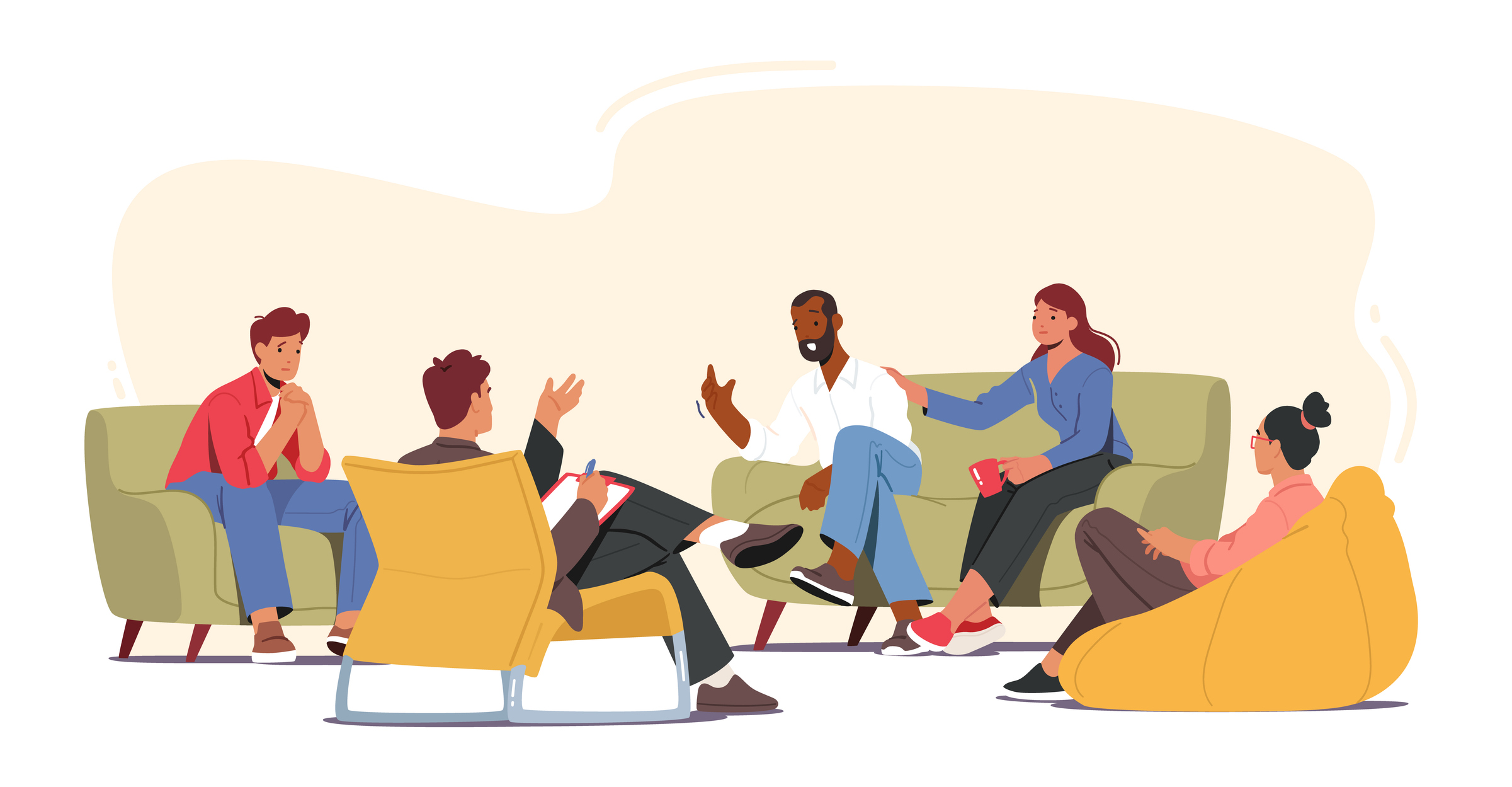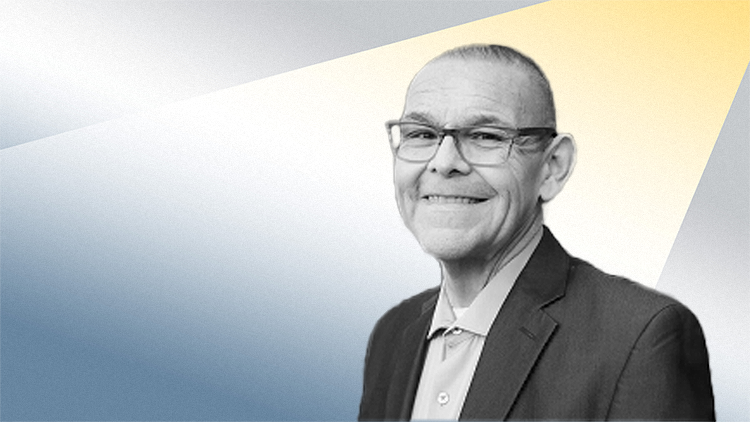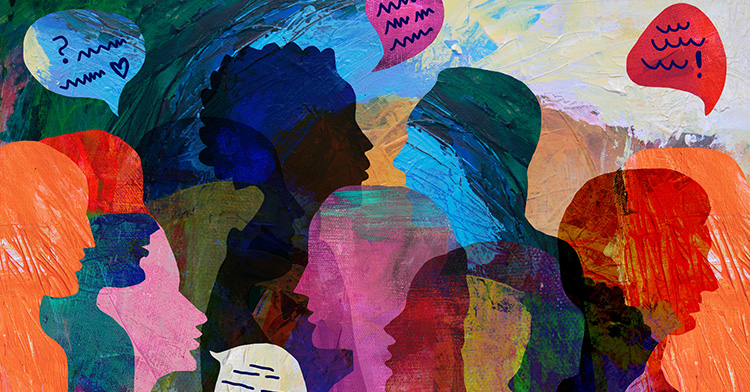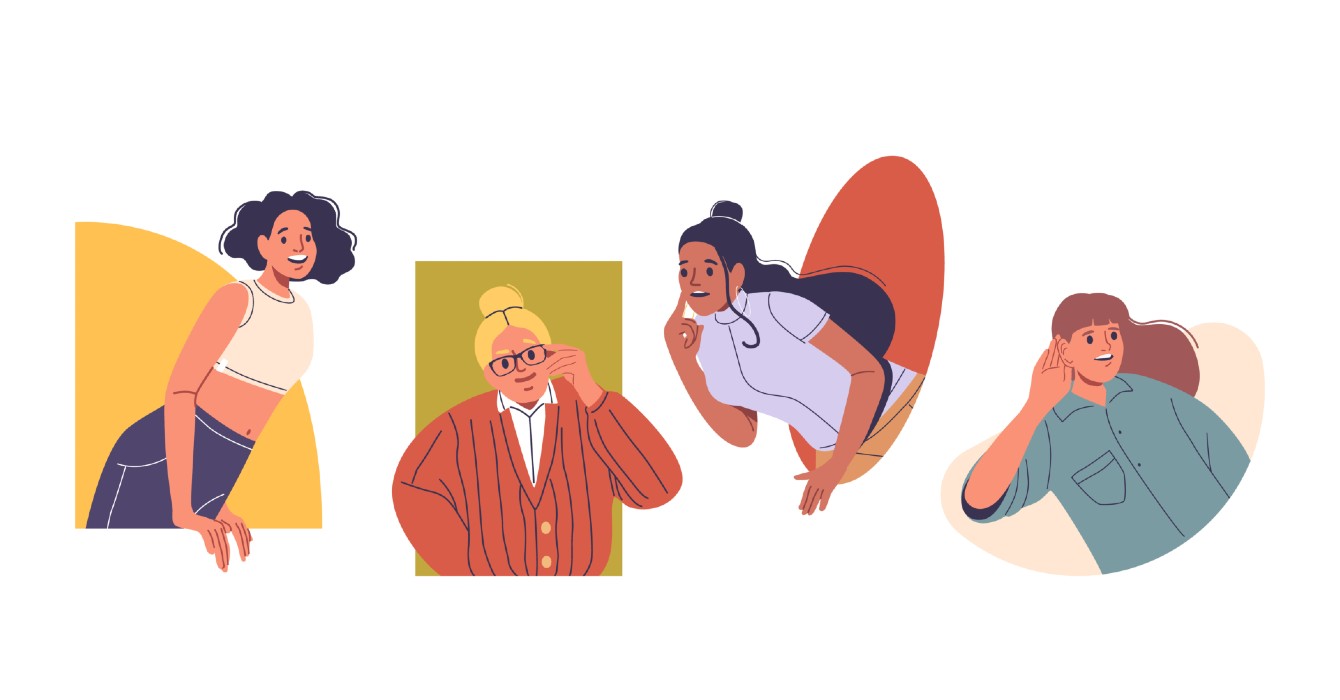There’s a common conception that leaders are extroverts — they are charismatic, command a room and get others to follow them. But in reality, the identification of leadership with extroversion or introversion is much more nuanced.
According to Karl Moore, there are leaders on both sides of the introvert and extrovert divide, and in order to lead effectively, they often have to act in ways that might not come naturally to them.
“I’m very much an extrovert, but to be an effective leader, I need to act like an introvert from time to time,” Moore said. “But it’s exhausting, so don’t do it too much.”
Moore shares his thoughts on what it means to be ambiverted as a leader in his upcoming book, tentatively titled “We Are All Ambiverts Now.”
Moore is an associate professor of strategy and organization at McGill University.
He spoke with Faith & Leadership’s Chris Karnadi about his research and the impact of the pandemic on introverts and extroverts. The following is an edited transcript.
Faith & Leadership: What do you find are some misconceptions about introverts and extroverts, specifically in terms of leadership?
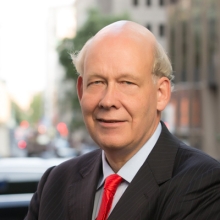
Karl Moore: Well, the traditional view is that all leaders are extroverts. This is the old school view, which was largely the opinion of CEOs like Jack Welch and [others] that said you’ve got to be an extrovert to be a leader.
About 10 to 12 years ago, I remember reading the book “Introverts in the Church,” and what it was saying was that in evangelical Christianity, you have to be an extrovert to talk to total strangers and evangelize. But actually, a lot of the senior leaders in churches and in general are more introverts.
It was an opinion of people, but there weren’t actually interviews of people.
So I have a radio show and interview a CEO every week for a national radio [outlet] in Canada; I interview about 80 to 90 CEOs a year, and one of the questions I’ve been asking for about eight or nine years is, “Are you more of an introvert or an extrovert?”
I got data from hundreds of CEOs like this. The traditional view is that all leaders are extroverts. Way back, when people like my grandparents probably lived on a farm or something, you would partly go to church on Sunday because you just wanted human contact. All week, you’re on a farm with your spouse, your children — that’s it. And you were 3 miles away, in Canada, from the nearest farmer. So it was an age of people living in rural areas. And then during the Great Depression, people moved, like my dad and mom, to the big city.
There was a famous book [written in 1937], “How to Win Friends and Influence People,” by Dale Carnegie. He died over 60 years ago, but it’s still a big seller.
Partly what it was, was the shift of the American, Canadian and British life from being on the farm by yourself with your spouse and children to living in a city. Now you’ve got to be a salesperson. You’ve got to be more outgoing. And in a city, you’ve got to talk to a lot more people than on a farm. You’ve got to influence people.
You’ve got to be this outgoing person and talk to strangers. And so that’s kind of the view that arose out of America out of the Depression, into the ’50s and ’60s, of the extrovert as leader.
Now, I’ve interviewed hundreds of leaders and come to the conclusion that it’s a bell curve. So it’s extreme extroverts like myself and extreme introverts, but most people are a bit extroverted or introverted. It’s probably about 40% introverts, 20% ambiverts and another 40% extroverts.
F&L: What is an ambivert?
KM: An ambivert is someone who acts like an introvert at times and an extrovert at other times. It’s a term invented by psychologists in the 1920s in the States, and it largely disappeared from literature until Adam Grant, who is a rock star professor at Wharton, [published a study in 2013] about ambiverts in sales.
A good sales call starts with, “Tell me about what you do.” And then I listen to you as a good introvert, and then I go, “Ah, the product I have is going to help solve some of your problems.”
And then a really great salesperson [if the person doesn’t need the product] goes, “I understand your problems; my product is irrelevant for you. Sorry to waste your time,” and I walk away, and you love me, because I didn’t waste your time.
I’m introverted and I listen to you, and then I’m extroverted and talk about how exciting our product is. I want to make your life better and your job better. So [Grant] found that ambivert sales people are better.
I’ve been talking about ambiverts for a few years now, and the tentative title of my upcoming book is “We Are All Ambiverts Now.”
As a senior leader, you have your hard-wiring; you’re more introverted or more extroverted, but in some contexts, you need to act more extroverted or more introverted to be effective.
It is really important to be authentic. I’m very much an extrovert, and I can act like an introvert, but it’s somewhat unnatural. I take extrovert breaks to recharge myself. So if you’re an introvert, that’s great; God made you that way, if you will. So it’s partly DNA.
But on the other hand, it’s important to be an adult and act like an ambivert. What I mean by that is there’s a time in life where you step back a bit in order to be an effective person. If you’re an extrovert, in order to be an effective leader, you need to act like an introvert sometimes. And the opposite is true too; if you’re an introvert, you need to act like an extrovert sometimes.
F&L: Is there an example of how to be an ambivert as a leader?
KM: One CEO told me, “When I was No. 2, the board was saying they might make me the CEO but I had to be a bit more extroverted.” So they gave him a watch with a clicker. Five times a day, he had to act like an extrovert and click it. And someone would call him the next day and say, “Did you do it?”
He gave an example of getting on the elevator in the morning. Instead of looking at his feet and thinking, “How do I save us money?” he’d go, “Good morning” and then say something like, “Nice weather we’re having” or something else you’re not going to argue. You’re not going to argue with the CEO, by the way, over whether it’s cold or not.
And then he’d say the person’s name and go, “You really killed it last week at the presentation to the board. I appreciate your hard work.” And so he remembers your name, he acknowledges you, and he appreciates your work. That’s good CEO behavior.
But if he looks at his feet in the elevator and ignores you, you go, “Oh, we’re in trouble. He hates me. I’ll send my resume to a great competitor.” Part of what matters is, if you act the part, that you’re authentic and true to yourself.
F&L: What are some ways extrovert and introvert leaders might recharge?
KM: I know a professor at Cambridge who has written about introverts. He’s a huge introvert, and he says that after he gives a lecture, which he’s great at, he goes to the bathroom. He goes in the men’s room, gets a stall and sits there alone for 20 minutes.
After giving a great speech — and introverts can give a great speech, because they care about what they’re talking about — introverts need to take time to themselves. So preachers can get up there and preach and be wonderfully moving, because the message they have is important to the audience. But if they are an introvert, afterward, they may go, “OK, as a preacher, as a rabbi, I need to go talk to my congregants. But I can only do that for so long, and then I need to take an introvert break and recharge myself.”
Introverts are going to be a bit quieter as leaders, not as noisy as I am, but they can turn up the volume when it’s appropriate and called for. So be true to yourself and take introvert or extrovert breaks.
I had read about introvert breaks in research, but there was nothing on extrovert breaks. So I wrote an article for the Wharton Leadership Digest arguing that there are five types of extrovert breaks I take.
When I go without my wife and kids traveling, I sit at the bar with a book and talk to total strangers. This is my energy. Where introverts might want to sit with a book at the table and just read or go to their rooms and watch Netflix to recharge, I need the energy of being with people.
As I sit down, I have a wedding band on, and I have a book. And as I sit down, I say, for example, “Hi, I’m Karl from Canada. My wife and kids aren’t here, so I thought I’d talk to some real New Yorkers.” This works in New York because, “OK, he’s a foreigner; we’re native New Yorkers. He’s got a wedding band on. He mentions his wife. It’s not a great pickup line, obviously, and he just wants to talk to people.”
I just talk to people and have interesting conversations, which raises my energy level. Then when I go back to my room, I can read a book or watch Netflix, but I’ve gotten that sense of being connected with people.
But also, human beings are wonderfully complex. If you’re an introvert, ambivert or extrovert, that’s one way of looking at you, but you’re also many other things. You are a certain age or generation, for example, and you’re from somewhere, have a family, etc. You have many things that can describe you, and each one brings a bit of a sense of who you are.
I’ve got to get to know you as a human being, but knowing whether you’re more introverted or extroverted, I can work a bit more effectively with you, on average. So it’s an important construct, but there are many other ways of looking at each other.
F&L: You talk specifically about the pandemic and its impact on isolation. How has the pandemic affected introverts and extroverts?
KM: I wrote a piece for my personal blog about 10 days in, and I said, “As an extrovert, I can’t take it anymore.” And that was 10 days in, so you can imagine a year and a half later.
I remember on Friday evenings, a group of us would bring a chair and an adult beverage and sit and talk to each other with masks on, socially distanced. All legal. But we were all desperate for human, adult companionship beyond our spouses. We just wanted to talk to total strangers.
I would come down to McGill — it’s 16 minutes door to door, so it’s not a long commute — but I would teach in the classroom partly to have a big screen where I could actually see [the students], as opposed to on my laptop. But I also wanted to be downtown, and I would run into other people I knew, not as much as before, but everybody was happy to see each other, because we were tired of being stuck at home.
There was the sense that the extroverted suffered a bit more during the pandemic and would seek out conversations. Zoom was a way of doing that, though I don’t like Zoom as much as actually meeting in person. But Zoom saved my sanity compared with just being on a phone.
Coming out of the pandemic, we’ve all changed. Part of work is getting to know friends at work and sharing stories. Introverts love being with people, but it tends to be more one on one, while extroverts like a bigger group.
It’s a matter of how everybody missed human contact to some degree, whether introvert, ambivert or extrovert, but extroverts probably a bit more.
It’s good to be back. I’m looking forward to class starting next week to be with a bunch of people. And I have dinner with all my MBAs after the evening class, or I have coffee or lunch with my undergrads, because I enjoy the stimulation of talking, getting to know people as human beings.




